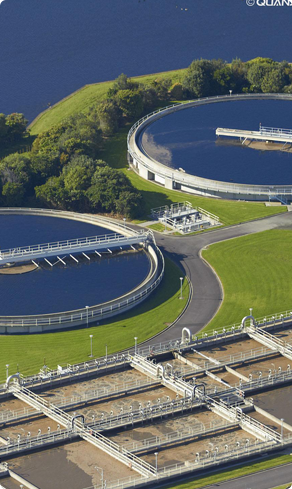Polyol phosphate
Phosphate polyol is a kind of chemical substance with molecular formula of po4hr1r2.
essential information
Chinese Name: polyol phosphate
Polyglycerol phosphate
Molecular formula: po4hr1r2
Appearance: colorless or yellow transparent liquid
Alias: polyether phosphate
N1, N2 and N3 can be 0 or 1, respectively.

The physicochemical properties of this section are as follows:
Polyol phosphates can be divided into two types: type A is polyoxyethylene ether phosphate, which is a brown paste; type B is a nitrogen-containing polyol phosphate, a mixture of polyhydroxy compounds, which is a black viscous liquid. The solubility of common organic phosphoric acid in water decreases with the increase of R alkyl carbon atom number. Both monoesters and diesters of phosphate esters are acidic and can decompose hydrogen ions in aqueous solution; in alkaline medium, this decomposition is accelerated. Although it is slower than polyphosphate, it is easy to hydrolyze at higher temperature and alkaline conditions. The hydrolysis rate is 10 times of that in neutral medium. Once hydrolysis occurs, corrosion and scale inhibition will be lost. The phosphate formed can combine with calcium ions in water to form calcium phosphate scale with minimum solubility.
Folding composition editing this paragraph
Generally, glycerol is oxidized by phosphate and then esterified with phosphonic acid. The oxidation reaction of glycerol is as follows: mixing glycerol with powdered caustic soda, heating to 150 ℃ under the protection of inert gas, and then adding ethylene oxide to ethylene oxide according to the molar ratio of ethylene oxide to glycerol of 2:1, and maintaining the temperature of 150-160 ℃. When ethylene oxide is added and kept for a period of time (such as 1.2 h), the oxygen ethylation of glycerol can be considered to be completed. In this process, the addition of caustic soda accounts for about 0.1% of the total amount of glycerol and ethylene oxide. The phosphonate esterification of polyoxyethylene ether and glycerin was carried out in the reactor at the mass ratio of 4.5:1, preheated to 50 ℃, and then phosphorus pentoxide was gradually added into the reactor according to the mass ratio of phosphorus pentoxide / polyoxyethylene ether glycerol 1:1.1 ~ 1.2, and the temperature was not more than 125 ~ 135 ℃. After phosphorus pentoxide is added, the material in the reactor becomes transparent after holding for a period of time, which means the esterification process is completed. Add water to cool the phosphate to the required concentration for standby. The synthetic route is as follows:
When r-0h + H3PO4 is heated to form r-h2po4 + H20
(R-0) 2po2h + H2O was prepared by heating 2R OH + H3PO4
R-o-pcl4 + 3H2O reacts to form r-h2po4 + 4hcl
Ethylene glycol, ethylene glycol monoethyl ether, polyoxyethylene ether, glycerol and triethanolamine were heated to 75-85 ℃ under stirring and mixing, and then phosphorus pentoxide was added slowly. After phosphorus pentoxide was added, the reaction temperature was controlled at 130-140 ℃ for 1-2 h. water was added to cool the product phosphoric acid mixture to reach the expected test reserve. The ratio of reactants was triethanolamine, and the best reaction mixture was 60:40 ~ 40:60 (mass ratio). The optimum mass ratio of ethylene glycol, ethylene glycol monoether and polyoxyethylene ether glycerol is 1:4:4. Ethylene glycol monoethyl ether can be added in two times, one is added together with ethylene glycol and polyoxyethylene ether glycerin before the reaction, and the other is added during the holding period of 140 ℃.
Collapse edit the quality criteria for this paragraph
Refer to the technical requirements specified in the industry standard hg2228-91
project
index
Solid content% ≥fifty
Total phosphorus content (calculated by PO4)% ≥thirty
Calculated by PO4 content ≥fifteen
PH (1% aqueous solution)2.0-3.0
Detection method of folding editing this section
The test was carried out according to the method specified in hg2228-91 standard.
Class a products contain Organic phosphonates (including organic mono and bisphosphonates) and phosphorus pentoxide (forming inorganic phosphoric acid with water), which can be titrated continuously by neutralization method.
-
The Ultimate Guide to Flocculants: Transforming Water TreatmentNewsNov.01,2024
-
Improve Your Water Treatment Solutions with PolyacrylamideNewsNov.01,2024
-
Enhance Your Water TreatmentNewsNov.01,2024
-
Empower You to Achieve the Highest Standards of Water QualityNewsNov.01,2024
-
Effective Scale InhibitorsNewsNov.01,2024
-
Discover the Power of Poly Aluminum Chloride in Water TreatmentNewsNov.01,2024





